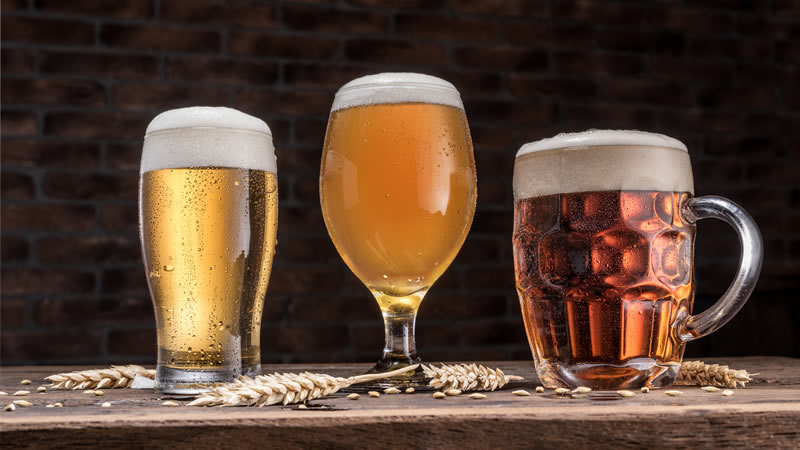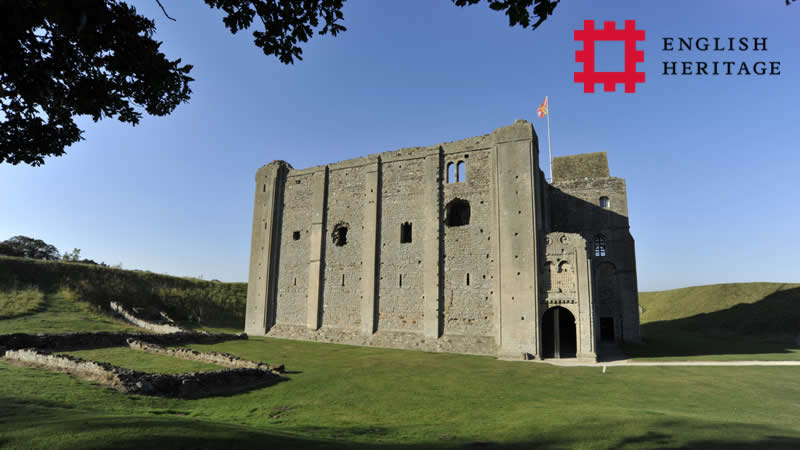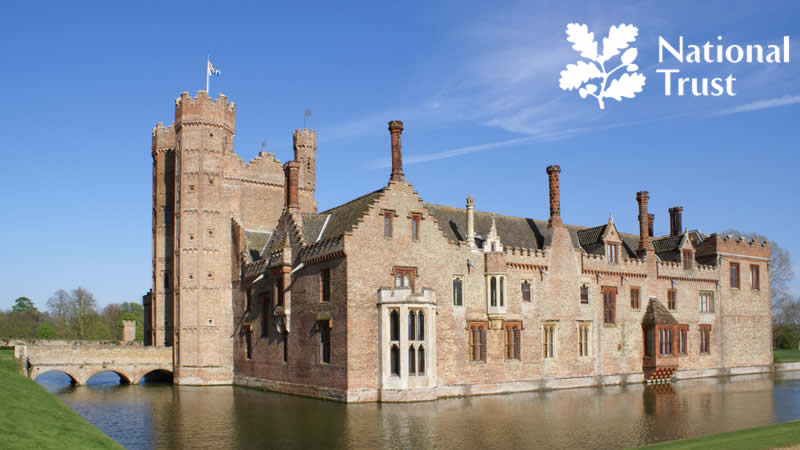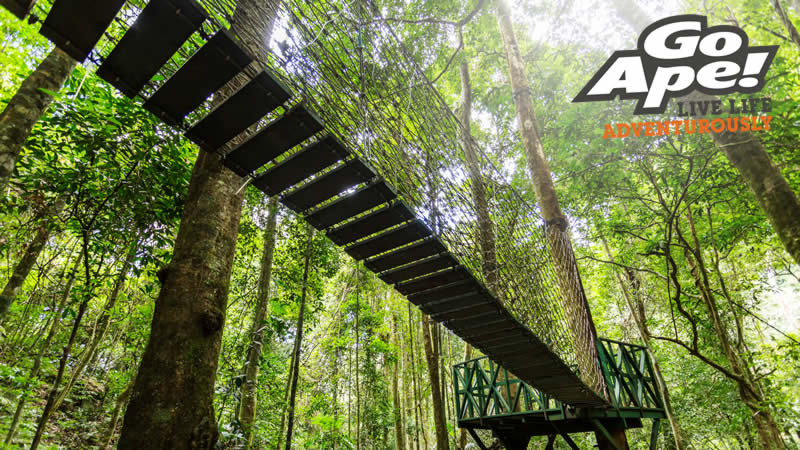Go Crabbing in Norfolk
Published date: May 2019
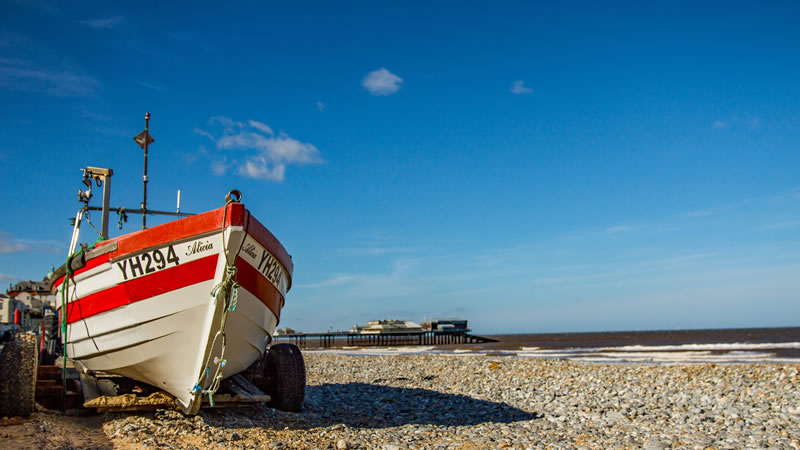
Norfolk is a crabbing hotspot, and even has an annual crabbing competition in Cromer, this year taking place on Sunday 25th August 2019 on Cromer Pier. Crabbing or gillying, as it is often referred to in Norfolk, is a fun activity, suitable for the whole family and particularly popular during the summer months.
Favoured spots for crabbing in Norfolk include Wells-next-the-Sea Harbour, Cromer Pier, Blakeney Quayside and tidal creeks at Brancaster Staithe, Titchwell and Burnham Overy Staithe are also considered likely places to catch crabs.
It’s a simple pastime, you just need some equipment, a suitable spot and some patience!
Crabbing equipment:
Bucket: The bigger the bucket, the better. Crabs won’t be happy being overcrowded, it’s also unkind.
Crab line: Essentially, a crab line is a piece of string or fishing wire. Bait and a weight are required, so that it is heavy enough to keep the bait at the bottom of the shore, where the crabs are. You will find crab lines available to buy in and around Norfolk, but it’s just as easy to make your own.
Bait: Crabs are notoriously greedy creatures with a super sense of smell. The smellier the bait the better and favourites are raw liver, sardines, mackerel, bacon, squid and fish heads. Tie the bait and the weight to the end of the line.
Net: Be ready to catch them! As soon as you bring your crab out of the water, it will probably try and jump off the bait and head back into the water. Use a net to carefully catch the crab, and then transfer it gently into the bucket.
How to go crabbing:
Find a suitable spot and drop your line into the water, making sure your bait reaches the bottom. Try and avoid clusters of seaweed, and holding the line loosely in your hand, wait until you feel a crab feasting on your bait.
When you are sure the crab has a firm grip and is obliviously tucking into the feast, very slowly and steadily pull the crabbing line up. This part takes some practise, you need to do it that slowly that the crab doesn’t realise what’s happening, but not too slowly that the crab eats all the bait and hops off in search of its next feast.
Keep your net nearby and place it carefully under the crab, just before lifting it out of the water. Gently place the crab in your bucket that is half filled with sea water and a little seaweed, to provide some shade. Try and change the water once an hour, especially on a hot day and be mindful not to overcrowd the crabs.
Once you have decided who won the competition – who caught the most crabs or who’s crab was the largest, carefully return them to the sea. Find a suitable place close to the water’s edge to let your crabs free and watch them scuttle off back to where they came from.
Please note that crabs can nip – keep little fingers and toes away from their pincers!!

Snooker Halls in Norfolk

Camping in Norfolk - Some of the best campsites in the region

Norfolk Holidays
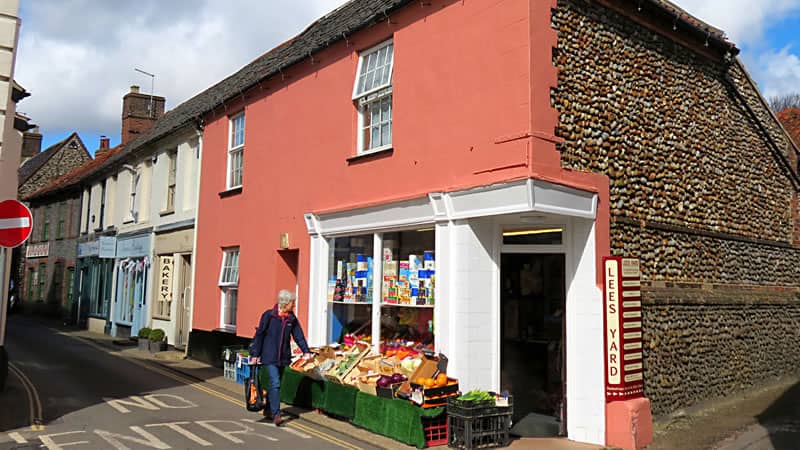
14 reasons to visit Holt, Norfolk

Cycle Hire in Norfolk

Hotels in Sheringham

Houghton Hall

Grimes Graves

Fun Activities for Grown Ups in Norfolk

Kett's Rebellion

Coffee Compost Scheme Norfolk - Can You Help?

Holiday Parks in Norfolk

Wildlife Parks, Zoos and Animal Attractions in Norfolk

Colman's Mustard and Norfolk's Relationship to Continue
